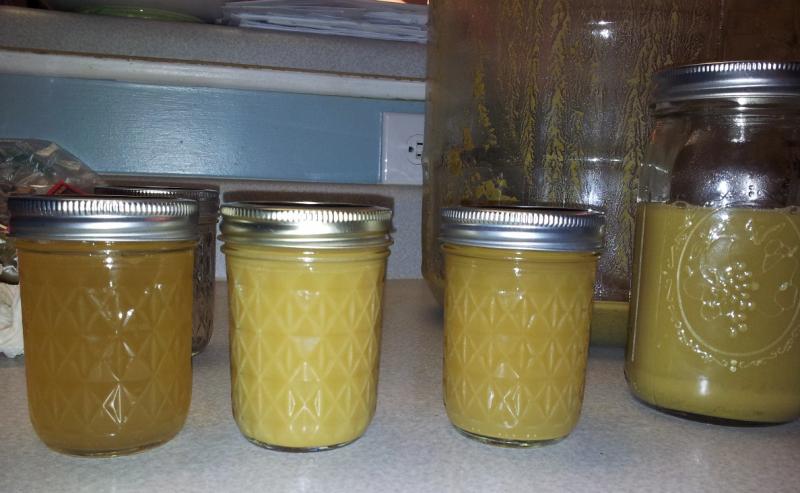Ok so I just moved on to not using a secondary, and bottled a batch of Stone RIPA plus kegged a batch of Burning River PA last night. WIth the BRPA, I had like half a gallon of trub, with the SRIPA it was literally well over a gallon of sh*t I could not use. A secondary issue here is I ended up with far less than 5 gallons of final beer. I need a better strainer, I'm afraid...anyway...
WIth all that junk, I threw is some preboiled and cooled water, stirred it up good, let it sit for 20 minutes then poured about the first half gallon off in each case. I could in no way determine a difference in layers other than a more liquidy layer then the mess on the bottom. This sat for a while then I decanted part of the top into 2 smaller jars. This morning the 4 jars (2 from each beer) look ok, but I don't know if that's even yeast in there!
WIth all that junk, I threw is some preboiled and cooled water, stirred it up good, let it sit for 20 minutes then poured about the first half gallon off in each case. I could in no way determine a difference in layers other than a more liquidy layer then the mess on the bottom. This sat for a while then I decanted part of the top into 2 smaller jars. This morning the 4 jars (2 from each beer) look ok, but I don't know if that's even yeast in there!



























































